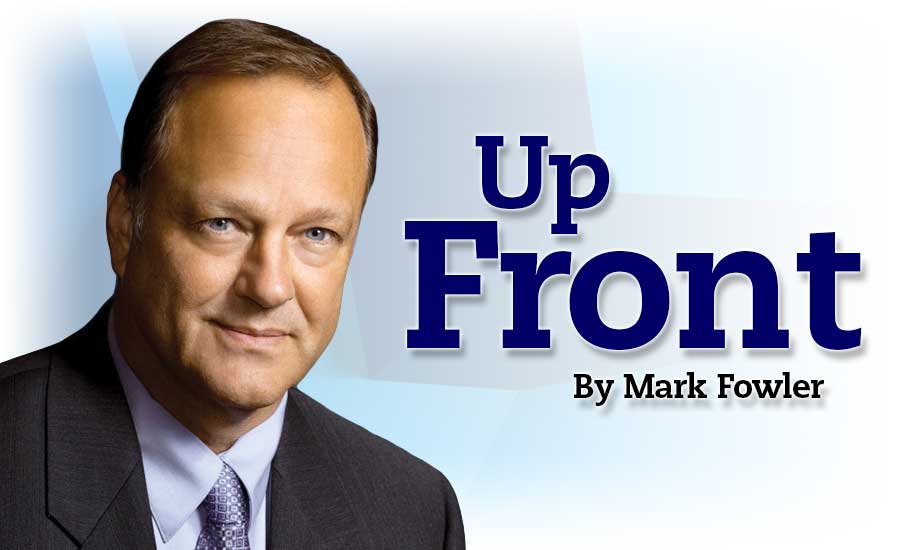Marketing refers to activities used to promote or position products or services. Experts state that marketing concepts are based on needs, wants and demands. While most industries focus on branding with glitzy commercials, our industry is a bit more complex. Our industry has what is called channel marketing. This involves a variety of filters before a decision is made. A building owner may see a particular product they want. However, typically, it must go through a variety of channels before approval. The architect has significant influence and they may or may not know about the product.
Architects are generalists, not specialists in every facet of construction. It is impossible for them to be an expert in every discipline. Architects are experts with regard to design, but the likelihood they have expertise on every product is unlikely. Marketing should account for the fact that architects prize their reputation above all. A successful marketing strategy understands the various channels and demands of the various influencers in that channeling process.
Pricing & Bids
In simple terms, the benefits of your product must outweigh the cost. Many people make the mistake of thinking this means the low-price wins. This is not always true. Think about when you get three bids to re-roof your own home. One may be low—very low. However, that bidder makes you nervous for some reason, and you will most likely move on to the next lowest bid. That resultant nervousness can be a failure to demonstrate code compliance, the product itself or even a lack of knowledge displayed by the salesperson.
Developers and general contractors also will disqualify some bids, if they feel it is unqualified. Many subcontractors would disagree. Builders usually solicit bids and feel comfortable with the bidders. They simply feel the benefits outweigh the cost or risk in this instance. In most circumstances, this means pricing must be considered competitive. Only celebrities and the super-rich seem to have more money and pricing becomes a non-issue. This is important when establishing a marketing plan, know your product, your market, overcome objections and establish a competitive price point.
Pricing at a competitive price point makes you a viable option for greater market share. But there is more complexity to an effective marketing plan. The process of selecting building materials or systems is somewhat unique and complex. There are still factors that should be of paramount concern: loss, gain and risk. This is where things get a little complex.
Fear Marketing
Selecting a product or system can provide additional benefits over basic or standard products, this is considered a gain. Some manufacturers refer to it as “value-added.” It would be selling your product on the merits of the benefits it provides the installer or end users. The benefit can be a savings in time, labor or speed scheduling. Benefits can be a higher R-value, better durability or even lower maintenance costs. The loss side is based on fear, and fear is tied in with risk, and both are proven to be stronger marketing motivators.
Fear marketing instills the thought that not using a product or service will result in consequences that can negatively impact architects, contractors or building owners. Fear marketing works; some ads may appear to be based on value added marketing, but are really based on fear and risk. An example is when we hear the statement, just following the building code is the worst building you can build. This may sound like adding value, but is really based more in fear. The claim insinuates that traditional systems do not work and code compliant buildings are simply inadequate. This is not true and is only meant to instill a state of fear in the decision process.
Our litigious society has made fear marketing extremely successful. Most marketing experts in construction understand this motivating force. However, many fail to fully understand the complexity of the channels. Consider that most architects report the main reason for failing to switch a new product or system is the lack of knowledge demonstrated by the salesperson.
Subcontractors tend to have expertise with specialty products/systems due to experience and real life results. They typically require a shift in the marketing approach. Any good marketing strategy requires research to understand the entire market, channels and its players. Regional variations should also be considered in the plan. Ironically, it all falls back to needs, wants and demands. You just have to establish who is needing, wanting or demanding.





Report Abusive Comment